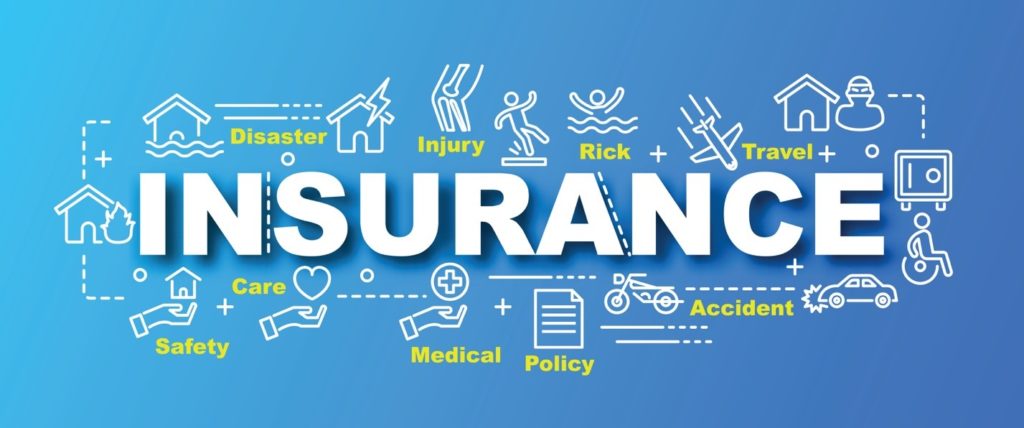How Insurance Works – How MicroInsurance Helps!
2020 Honda CR-V. Black Edition. Full Option. Tear-rubber, as they call it. I wasn’t even driving that fast on the motorway. Well, it is the motorway after all but I was driving at about 50mph. Not sure how or why it happened; all I heard was a big bang and my rear mirror was smashed to pieces. The boot and bumper were damaged and in one blink, the value of the car probably got cut in half. This was about a year ago. And no I hadn’t got around to comprehensive insurance. It’s one of those things I assigned to one of my staff and ended up costing me the proverbial arm and a leg. With the proper insurance cover, I would have spent far far less getting Bambi back into shape. Yes, I named the car Bambi. That’s how much I loved it. LIFE is uncertain. The business environment is just as uncertain; anything can be expected at any stage. So, it’s your choice to remain exposed to the many risks that exist or provide yourself with some cover via insurance. Insurance is designed to provide cover for anything that can go wrong. However, you have to pay a certain premium to get coverage. The idea of insurance is based on the probability of happening. If the risk of incidence is higher, you are expected to pay a higher premium and vice versa. For instance, if you are getting insurance coverage on your car, the premium to be paid is different if the car is of higher value and different if the car is valued lower. In some cases, the premium to be paid is different if the car is parked inside your home and different if the car is parked outside your home. The concept is simple, the probability of an incident with your car parked outside is more than with your car parked inside your home. Hence, there is a difference in premium. Overall, if you are covered in the insurance, you write off (purchase) policy, pay a premium, and get a promise to be compensated if anything goes wrong within the covered area. What’s covered in the insurance? Insurance companies cover a range of risks, including your life to loss of the asset. Generally, risk coverage includes health, life, disability, chronic illness, hospitalization, medical care, property damage, loss on business assets, long-term care, child plans, auto insurance, and anything covered in the insurance policy. Basically, it gives you peace of mind in terms of survival and continuity, of you yourself and your business. Although insurance is a cost, it saves you from a greater loss like in my case with Bambi. Hence, insurance comes with various advantages. Advantages of insurance coverage Advantages of insurance include but are not limited to the following. Disadvantages of insurance coverage Disadvantages of insurance include the following. How do insurance companies make money? An insurance policy provides cover for the potential of the loss in exchange for the premium. The company collects premium (revenue) from multiple clients. It means they have massive credit (incoming) of the revenue against the promise to pay the claim (compensation) if anything goes wrong in the covered insurance area. However, not all policies receive a claim. In fact, 90% of the life insurance policies cost nothing to the companies against the premium received as these policies get lapse (Scott, 2012). When you fail to pay your insurance premiums on time or after the grace period, the benefits to the policyholder gets terminated, or in technical terms, gets “lapsed”. Furthermore, the premium is collected by the insurance companies from time to time. So, they invest the same in equity and debt instruments to earn a return on the investment. That’s an additional source of income for insurance companies. Overall, there are three types of cash inflows for insurance companies. These cash flows include the income for policy write-off, the periodic premium for the cover, and the return generated on the investment. The insurance claims and administrative expenses are paid from the revenue, and the remaining amount is just profit for the insurance companies. Statistics show that 2020 was a blessing for insurance companies selling auto insurance. Their profit during the year amounted to $30 billion globally (Consumerfed, 2021). This was due to pandemic related measures taken by Governments that led to a significant drop in traffic and claims for motor accidents. Somehow, there was a surprising increase in the profit of health insurance companies during the pandemic as well. Health insurance companies made almost twice as much profit in 2020 than the year before. Shocking, right? It was due to a sharp decline in elective care during the pandemic that led to a sharp decline in health care expenditure (Caroline F. Plott, Allen B. Kachalia, & Joshua M. Sharfstein, 2020). Simply put, imagine you paid healthcare premiums but due to the immense pressure on healthcare systems from the pandemic, you did not have access to healthcare including hospitals, emergency services and medical physicians. This means the insurance companies got fewer claims and therefore made massive profits. Is insurance all about big businesses and wealthy individuals? It is a myth that insurance is all about big businesses and wealthy individuals. That is just not true; in fact, microinsurance is all about low risk, low premiums, and low amounts of claims (KAGAN, 2021). So, it’s about coverage of risk for low-income people. The risk may fall in the areas of injury, illness, death, and damage to low-valued assets. The basic working mechanism for microinsurance is the same as main insurance. However, the difference lies in areas of the risk volume. So, the microinsurance companies target low-income households and businesses with a low footing of assets. Hence, it’s a promissory tool of protection for the people with a lower source of income. However, people’s lower subscription of the voluntary cover has been shedding doubts on the viability of microinsurance being an effective tool to manage the risk. (Dror, 2014) The main aspects of the doubts root
How Insurance Works – How MicroInsurance Helps! Read More »




